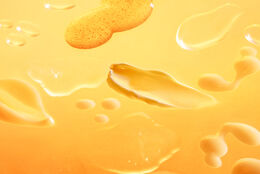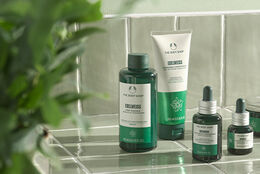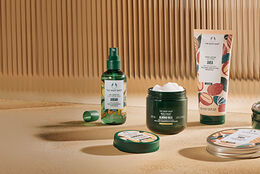
Your shopping bag is currently empty
By Product Type
Shop by skin type
Shop by range
Vegan
By Product Type
Body & Hands
Shop by Range
By Product Type
Shop by Range
Vegan
By Product Type
Vegan
Christmas
Popular Ranges
New Limited Edition
Our Brand Values





